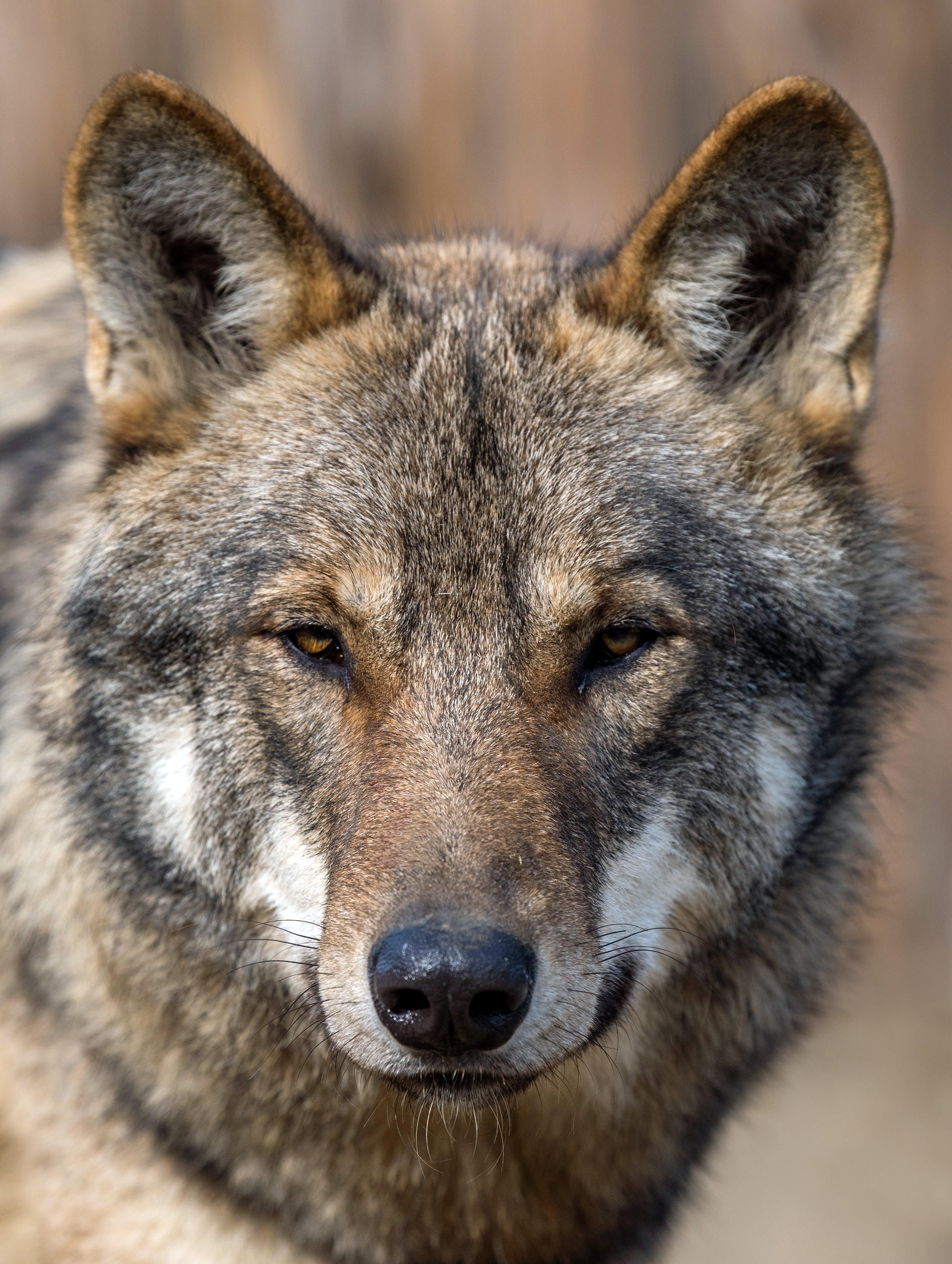The wolf issue

From Young Wild Hunters we want to talk about a subject that really affects us all. The state of the wolf and the analysis of its situation today. During the course of our work we have had the good fortune to observe these dogs, seeing with our own eyes that they are once again present in areas that have not seen a wolf for many years.
The increase of the wolf population in Spain has been the subject of news and forums with a great diversity of opinions and theories about what would be the right way to deal with this emblematic predator. The latest census counts 297 packs of this protected canid species, which is concentrated in the northwest region of the country.
This is why several studies have been carried out to analyse the real situation of the wolf and therefore, what measures should be taken. As a result, a series of conclusions have been reached that satisfy no one.
First, a scientific team led by the Doñana Biological Station has reviewed historical documentation to estimate the distribution of the wolf in Spain. As a result, they discovered that the distribution of the wolf in the mid-19th century was at least 65 % of the Iberian Peninsula, three times more than today.
Comparing the current situation with the historical distribution, the area occupied today would be little more than 30 % of the historical area reached in the middle of the 19th century. Taking this long-term view, "the supposed recent expansion of the species would be little more than a stabilisation of the sharp decline suffered by the species", says the scientist.
These data apparently justify the protection enjoyed by this precious animal in our territory. However, this study makes it clear that "The data needed to calculate these indices have only begun to be taken very recently, in the last few decades, while the impacts of human activities have been occurring for centuries".
This is why we ask ourselves the following questions:
Are the measures being taken for the protection of the wolf correct?
Why does so much protection cause the rejection of the society that shares territories due to wolf attacks?
Recently the YWH team sighted a wolf in Galicia where the wolf is present in 72% of the territory, affecting numerous animal farms. Although the measures taken this year 2022 include recommendations for the coexistence of the wolf with the activities of the rural environment, they do not present any measures to resolve the conflict. It is real that many of our livestock farmers feel abandoned and helpless in the face of so many attacks on their economic livelihood and these measures do not really help them to solve the problem.
problem.